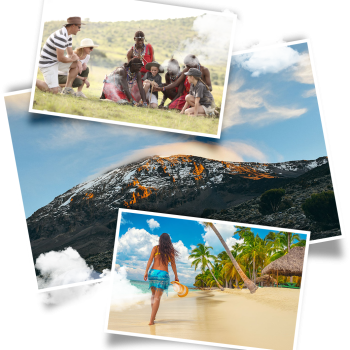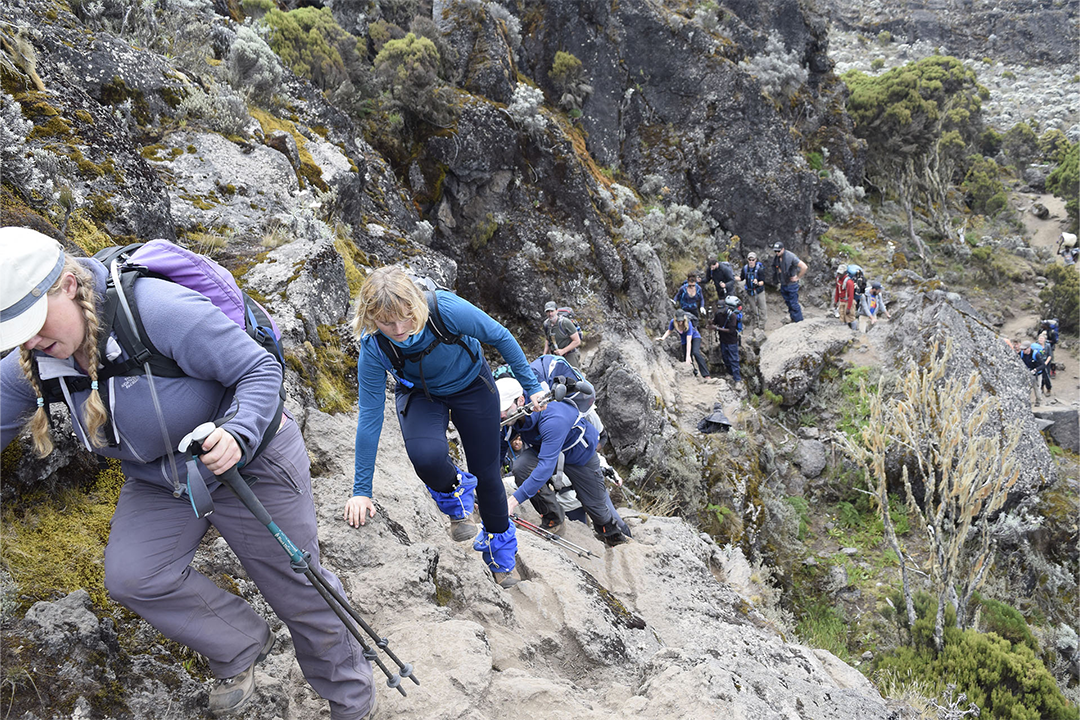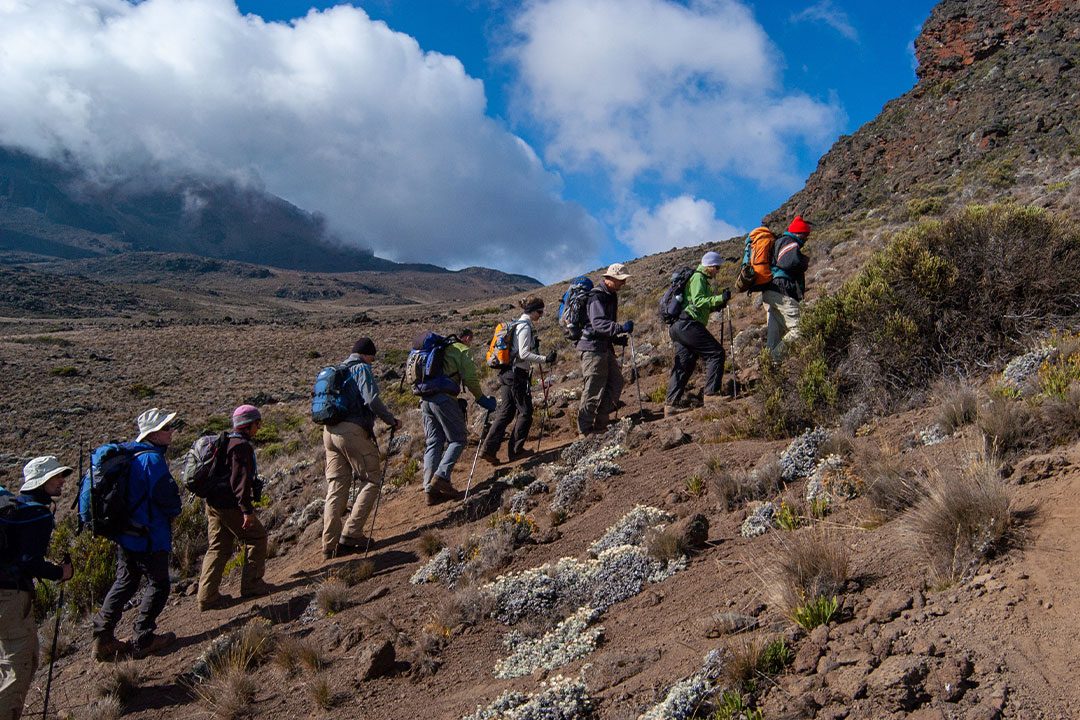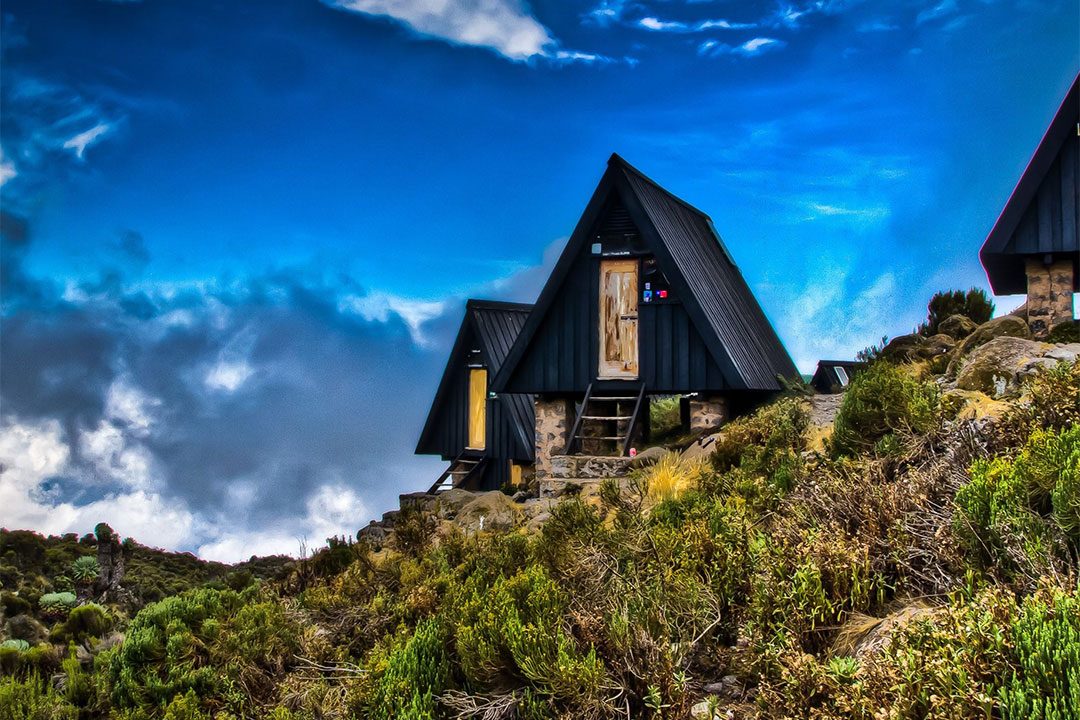Climbing Kilimanjaro is a popular adventure activity that attracts thousands of visitors each year. Located in Tanzania, East Africa, Mount Kilimanjaro is the highest mountain on the continent and presents a challenging but rewarding climb. To help make your Kilimanjaro climb a success, here is everything you need to know about climbing Kilimanjaro.
There are several routes to climb Kilimanjaro, each with varying levels of difficulty, scenery, and duration. Popular routes include the Marangu, Machame, Lemosho, Rongai, and Umbwe routes. It is important to choose a route that fits your fitness level and preferences.
Climbing Kilimanjaro is a challenging activity that requires physical fitness, mental toughness, and adequate preparation. Altitude sickness is also a common issue, and climbers must acclimatize well to avoid severe symptoms.
The duration of the climb varies depending on the route taken, with the shortest being the Marangu route, which takes five days, and the longest being the Lemosho route, which takes up to nine days. There are various accommodation options on the mountain, ranging from basic campsites to luxurious lodges. Climbers should choose an accommodation option that suits their budget and preferences.
Climbing Kilimanjaro can be expensive, with costs varying depending on the route, accommodation, and tour company. It is advisable to compare prices from different tour operators before making a decision. Climbers are also required to have appropriate equipment, including warm clothing, sturdy hiking boots, sleeping bags, and other essentials. Most tour operators provide rental equipment, but it is advisable to bring your equipment if possible.
Climbers are required to hire a licensed guide and a team of porters to help carry equipment and supplies. It is essential to choose a reputable tour operator that provides fair wages and working conditions for their staff. Safety is also crucial when climbing Kilimanjaro. Climbers must take necessary precautions to ensure their safety, including proper acclimatization, following the guide’s instructions, and staying on the designated trails.
Kilimanjaro is a fragile environment, and climbers must minimize their impact by following Leave No Trace principles, disposing of waste properly, and respecting the local culture and customs. By following the guidelines above, climbers can safely and successfully summit this iconic peak while enjoying the stunning scenery and unforgettable experience of climbing Kilimanjaro.
The best time to climb Kilimanjaro is from late June to October and from December to February when the weather is dry and stable. However, it is possible to climb the mountain year-round, except during the rainy season in April and May.
The most experienced and customer-focused guides & staff in the industry
We believe in personal Experience, For each traveler we customize the trip to his/her exclusive needs

Our commitment to the environment & local communities is unmatched
We have careful selected the Hotels, Lodges and Camps we use, We believe in a good rest during an adventure



©2024. Ziara to Africa. All Rights Reserved.